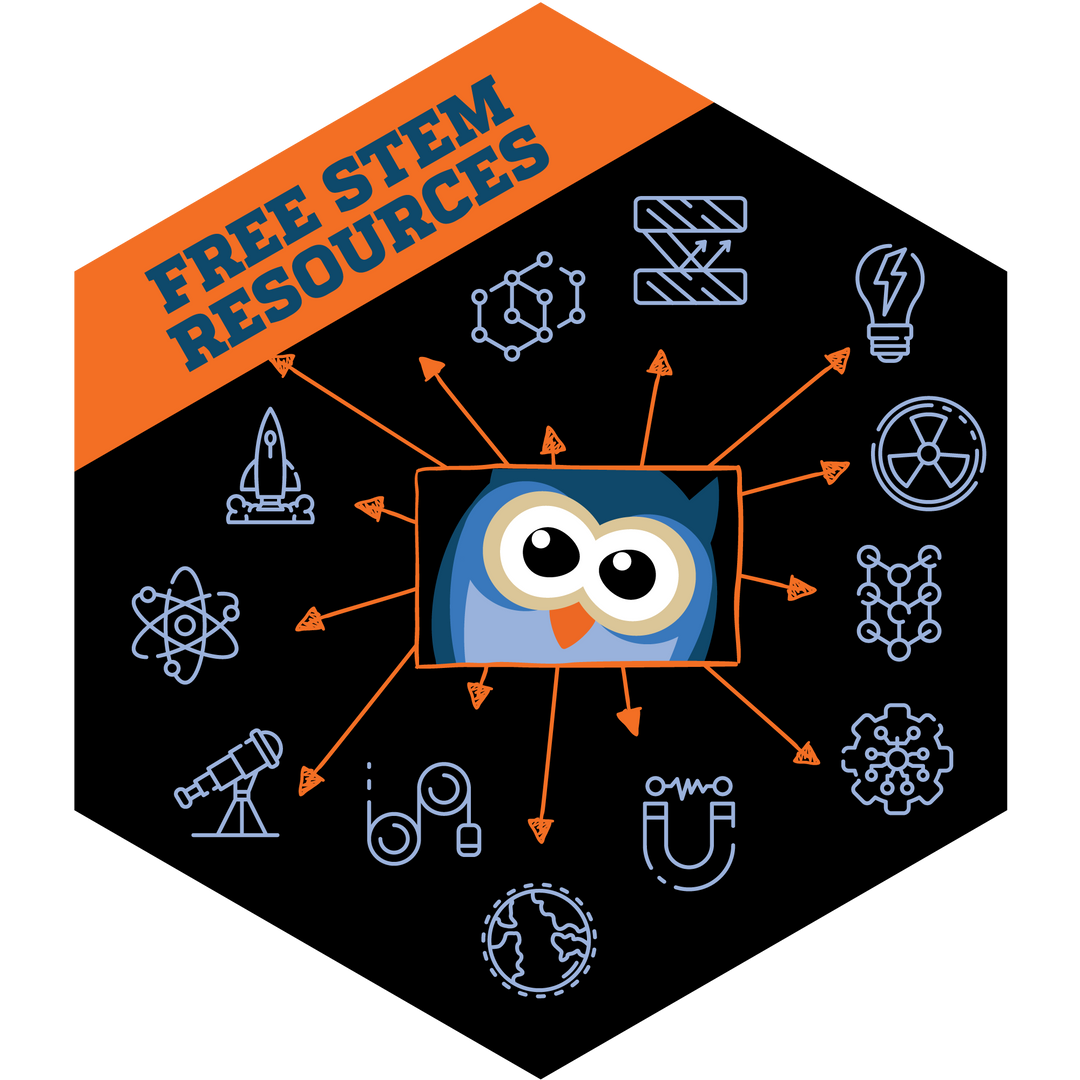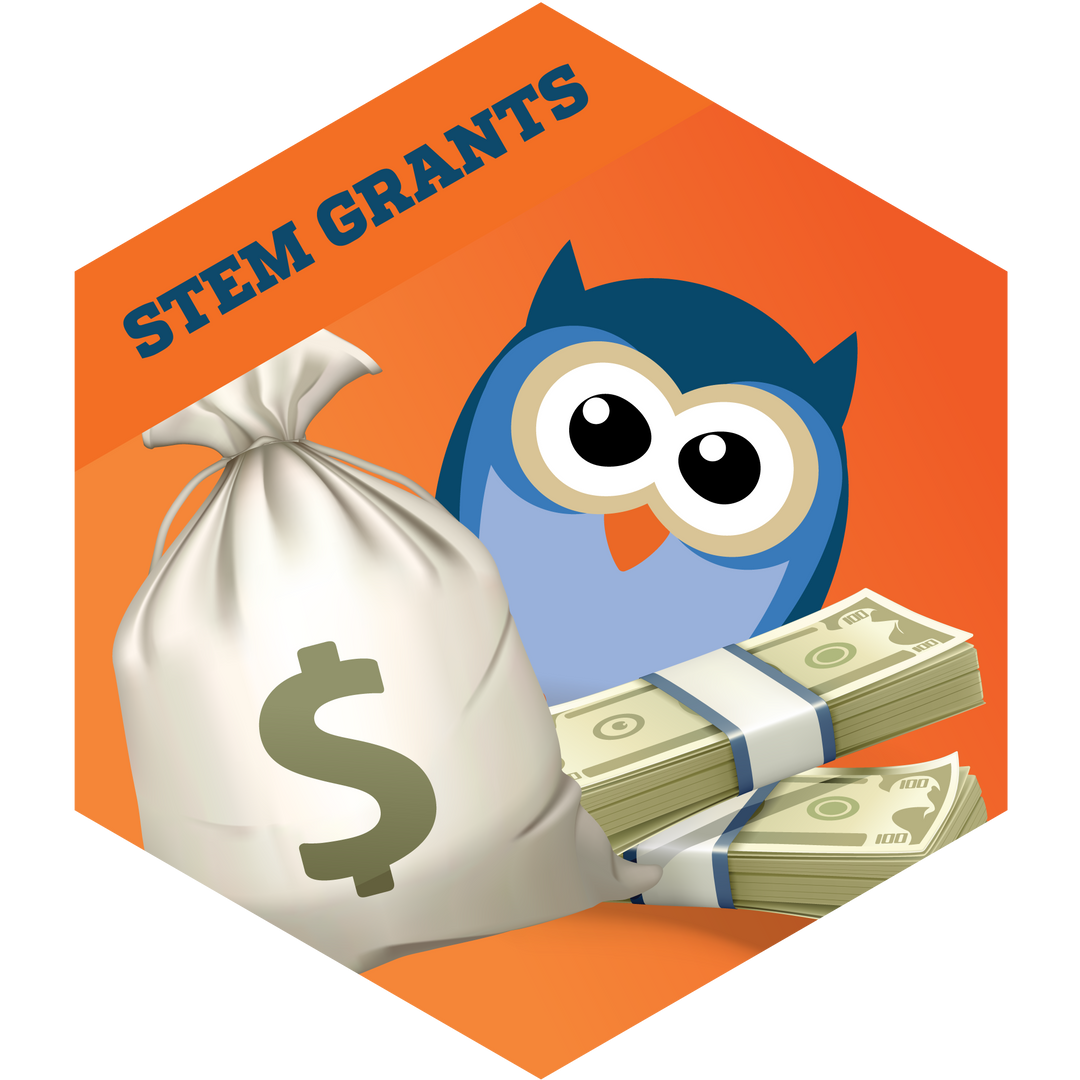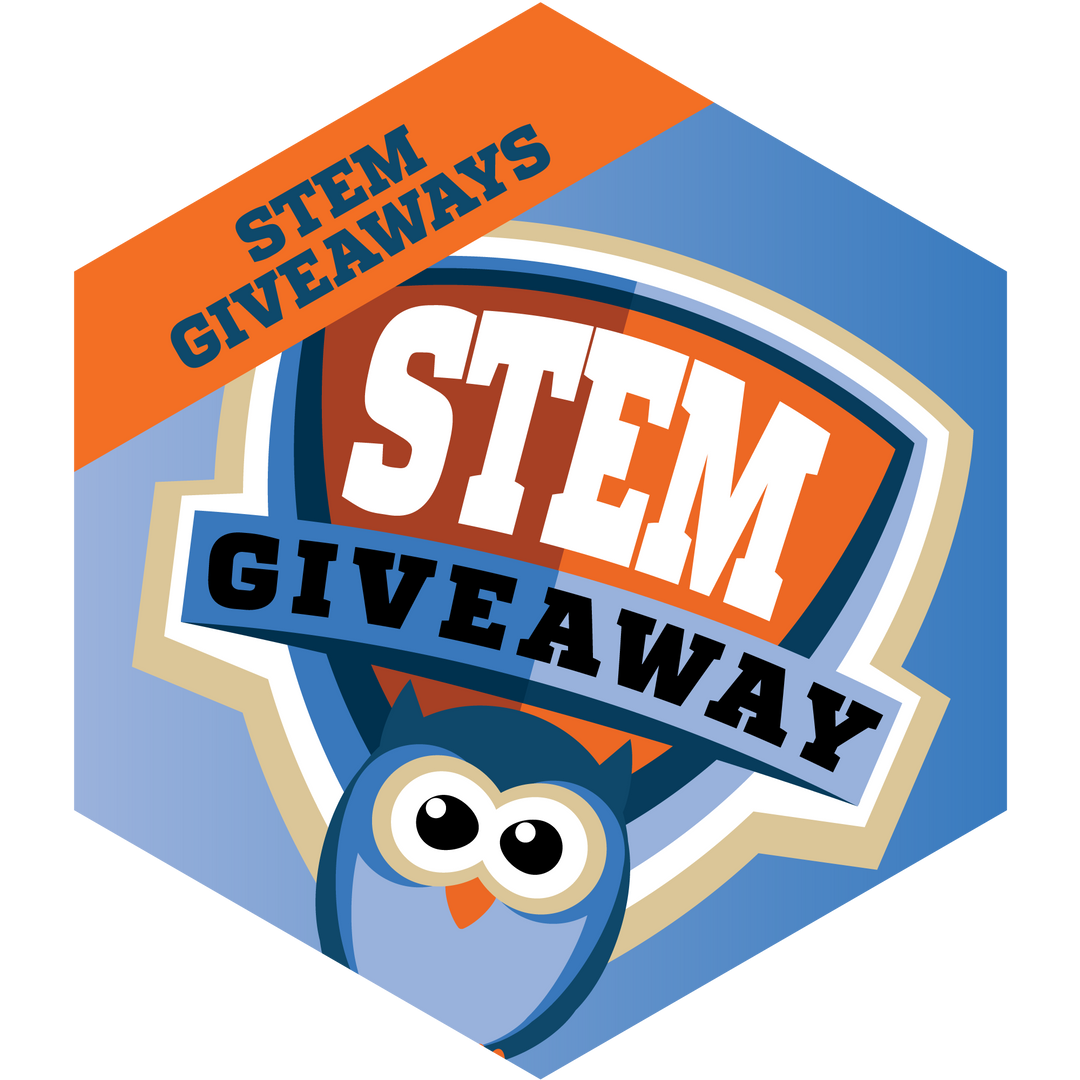Walking Robot NGSS & Common Core Info
Walking Robot NGSS & Common Core Info
NGSS
Engineering Design
3-5-ETS1-1 Define a simple design problem reflecting a need or want that includes specific criteria for success and constraints on time, material, or cost.
Activity Applications
Construct a robot that’s able to walk forward or backward for a period of time using only the crate materials.
Energy
4-PS3-4 Apply scientific ideas to design, test, and refine a device that converts energy from one form to another.
Activity Applications
Build, test, and modify a walking robot that converts electrical energy to mechanical energy.
Common Core
English Language Arts > Reading: Informational Texts
RI.3.3 Describe the relationship between a series of historical events, scientific ideas or concepts, or steps in technical procedures in a text, using language that pertains to time, sequence, and cause/effect.
RI.4.3 Explain events, procedures, ideas, or concepts in a historical, scientific, or technical text, including what happened and why, based on specific information in the text.
RI.5.3 Explain the relationships or interactions between two or more individuals, events, ideas, or concepts in a historical, scientific, or technical text based on specific information in the text.
Activity Applications
Explain connections between steps in the technical instructions, as well as relationships between scientific ideas presented in the Tinker Zine.
RI.3.4 Determine the meaning of general academic and domain-specific words and phrases in a text relevant to a grade 3 topic or subject area.
RI.4.4 Determine the meaning of general academic and domain-specific words or phrases in a text relevant to a grade 4 topic or subject area.
RI.5.4 Determine the meaning of general academic and domain-specific words and phrases in a text relevant to a grade 5 topic or subject area.
RI.6.4 Determine the meaning of words and phrases as they are used in a text, including figurative, connotative, and technical meanings.
Activity Applications
Acquire and use new vocabulary related to robotics, mechanics, and engineering.
RI.3.5 Use text features and search tools (e.g., key words, sidebars, hyperlinks) to locate information relevant to a given topic efficiently.
Activity Applications
Use bold print, tip text, headings, and icons to locate key information in the Tinker Zine and Blueprint.
RI.3.7 Use information gained from illustrations (e.g., maps, photographs) and the words in a text to demonstrate understanding of the text (e.g., where, when, why, and how key events occur).
RI.4.7 Interpret information presented visually, orally, or quantitatively (e.g., in charts, graphs, diagrams, time lines, animations, or interactive elements on Web pages) and explain how the information contributes to an understanding of the text in which it appears.
RI.5.7 Draw on information from multiple print or digital sources, demonstrating the ability to locate an answer to a question quickly or to solve a problem efficiently.
RI.6.7 Integrate information presented in different media or formats (e.g., visually, quantitatively) as well as in words to develop a coherent understanding of a topic or issue.
Activity Applications
Refer to technical instructions, illustrations, and diagrams, as well as informational articles in the Tinker Zine, to explain scientific concepts.
RI.4.9 Integrate information from two texts on the same topic in order to write or speak about the subject knowledgeably.
RI.5.9 Integrate information from several texts on the same topic in order to write or speak about the subject knowledgeably.
Activity Applications
Compare and synthesize information presented in articles (such as “The Technologic Today” and “Red Planet Rover”) and technical instructions to demonstrate fluency in scientific concepts.





